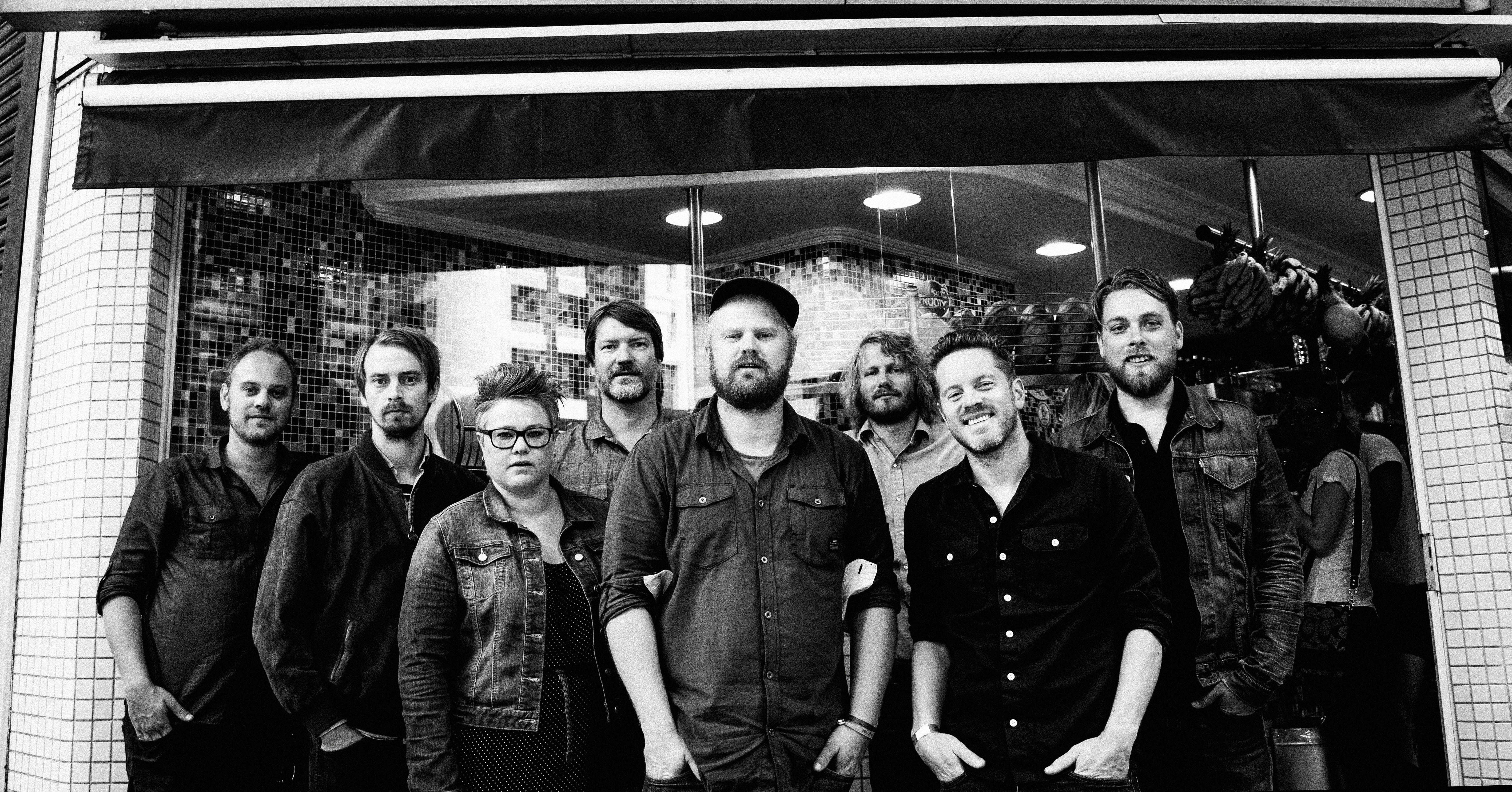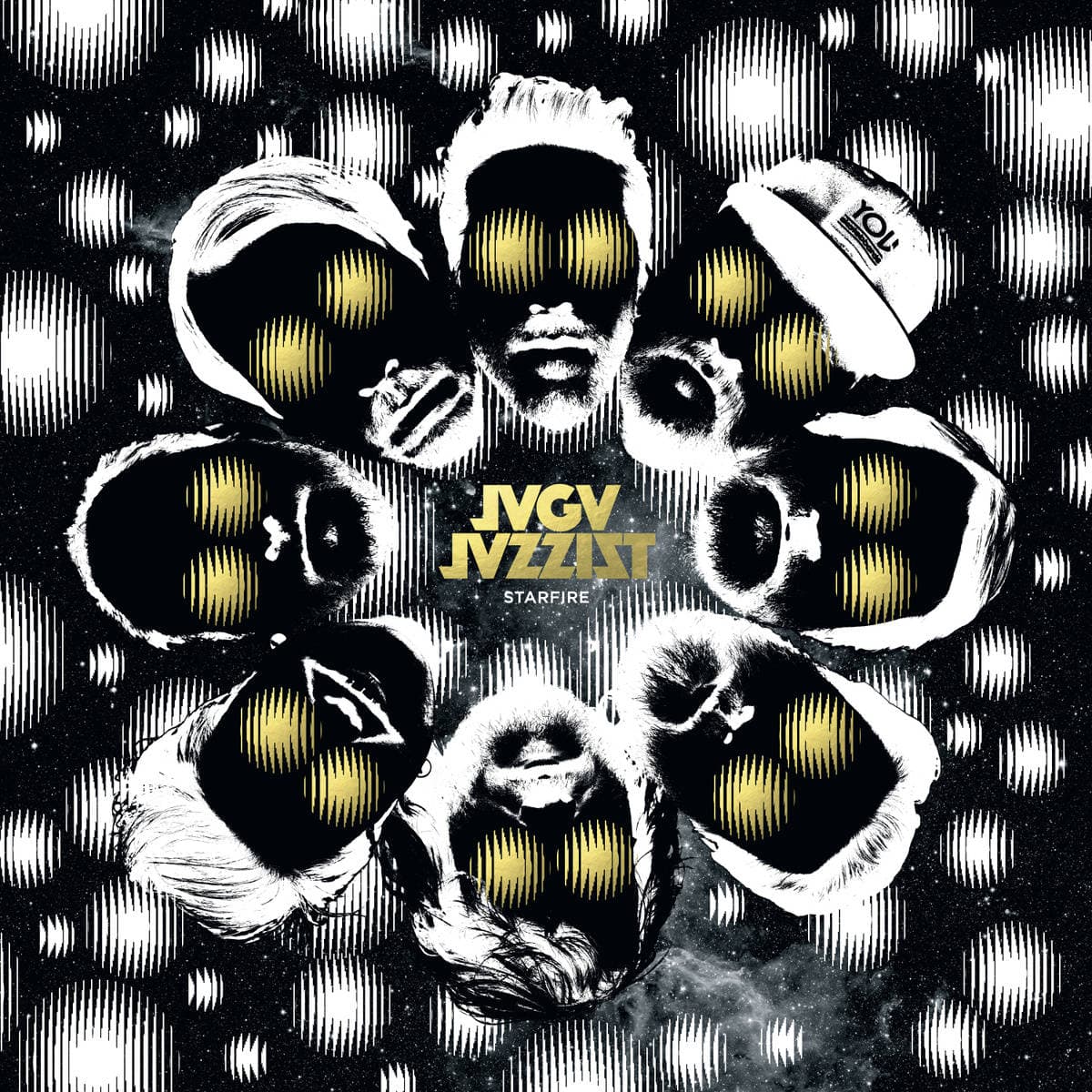The nu-jazz group makes its most experimental and electronic album yet, with some success.
Rating: 4.0/5.0
Release Date: June 1
It’s no easy feat to be able to create songs that are catchy and fun yet effortlessly complex. Somehow Jaga Jazzist has been able to do so for 20 years now, with the 8-person strong Norwegian outfit playing a potent blend of progressive rock, jazz and electronic music that is often described as “nu-jazz” or “future jazz.”
Their latest release “Starfire” comes out of lead songwriter Lars Horntveth’s move to Los Angeles. If their previous record, “One-Armed Bandit,” moved the band into a more rock-oriented direction, this latest release swings them into heavy electronic territory, applying their atmospheric sound to explore the urban cityscape of Los Angeles.

Consequently, it’s fair to say that this is unabashedly a concept album, containing only five songs, each with an average runtime of around 10 minutes. However, this attempt to explore a more unified sound results in “Starfire” abandoning the catchiness that made their 2002 release “A Livingroom Hush” the BBC album of the year.
This should not be a concern for attentive listeners, though, as “Starfire” more than makes up for it with thoughtful and cascading developments of sound throughout each track. The track “Big City Music” is an indication of what this album is capable of, starting with zapping electronic keyboards over steady and rapid percussion. It quickly fades away to the cold resonance of strumming guitars, and from there builds up again with layers of percussion and electronics. Haunting Koto-esque sweeps accentuate the song as it finds its refrain and lends power to the urban theme of this album, melding touches and influences of various cultural artifacts together.
The heavy use of electronic instruments can, at times, simply become overbearing, though, with an exuberance of odd crackling noises or a full-on attack of electronic sounds subtracting from the album’s overall atmosphere. The title track especially suffers from this problem. It starts off with an excellent use of the cold and sweeping jazzy wind instruments Jaga Jazzist favors. But about halfway through, the accompaniment gets completely drowned out in an abrasive synth line, with the flutes barely able to squeeze through the cracks of heavy electronic bombardment.
For a band that so effortlessly experiments, it should not be taken lightly that this is their most exploratory album yet. At times, it doesn’t quite hold up to its potential, often indulging in electronic excess. But for every misstep, it contains several interesting ideas that should hold fans enraptured.








